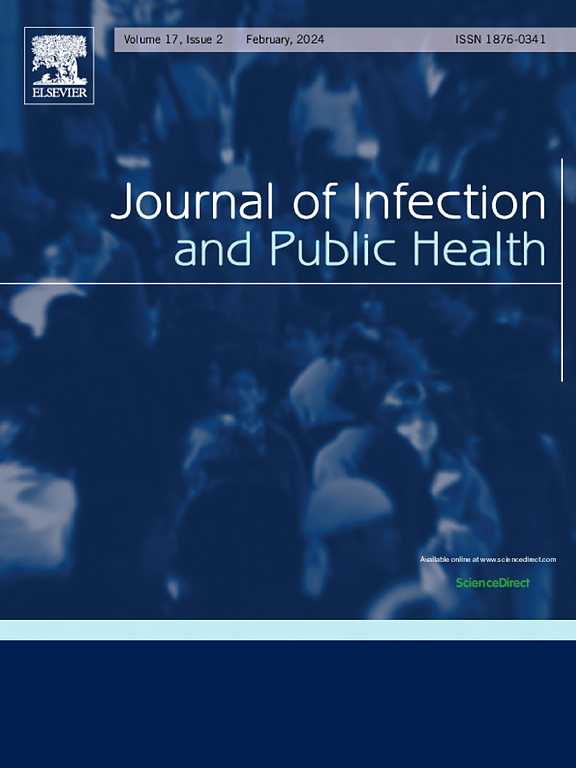Science tells us that portable air filters reduce infection risk. It's time for public health authorities to make this clear
IF 4.7
3区 医学
Q1 INFECTIOUS DISEASES
引用次数: 0
Abstract
Throughout the COVID-19 pandemic, Canadian public health advisors and politicians have shared mixed messages about the utility of portable air filters (PAFs) for mitigating the transmission of airborne infectious diseases. Some public health advisors and decision-makers have also suggested that PAFs are cumbersome or require expert advice. We take this opportunity to review evidence and address myths about PAFs. In short, PAFs are an important tool to help reduce the risk of transmission of airborne infectious diseases. Moreover, PAFs are relatively simple to use, and there is a variety of high-quality guidance available for their deployment. We share this science here with the expectation that, going forward, public health authorities will position PAFs appropriately in infection prevention and control plans for both health care and community settings.
科学告诉我们,便携式空气过滤器可以降低感染风险。现在是公共卫生当局明确这一点的时候了。
在2019冠状病毒病大流行期间,加拿大公共卫生顾问和政界人士就便携式空气过滤器(paf)在减轻空气传播传染病方面的作用分享了不同的信息。一些公共卫生顾问和决策者也表示,paf很麻烦,或者需要专家建议。我们借此机会回顾证据并澄清关于paf的误解。简而言之,paf是帮助减少空气传播传染病风险的重要工具。此外,paf使用起来相对简单,并且有各种高质量的可用于部署的指导。我们在这里分享这一科学成果,并期望今后公共卫生当局将在卫生保健和社区环境的感染预防和控制计划中适当地定位paf。
本文章由计算机程序翻译,如有差异,请以英文原文为准。
求助全文
约1分钟内获得全文
求助全文
来源期刊

Journal of Infection and Public Health
PUBLIC, ENVIRONMENTAL & OCCUPATIONAL HEALTH -INFECTIOUS DISEASES
CiteScore
13.10
自引率
1.50%
发文量
203
审稿时长
96 days
期刊介绍:
The Journal of Infection and Public Health, first official journal of the Saudi Arabian Ministry of National Guard Health Affairs, King Saud Bin Abdulaziz University for Health Sciences and the Saudi Association for Public Health, aims to be the foremost scientific, peer-reviewed journal encompassing infection prevention and control, microbiology, infectious diseases, public health and the application of healthcare epidemiology to the evaluation of health outcomes. The point of view of the journal is that infection and public health are closely intertwined and that advances in one area will have positive consequences on the other.
The journal will be useful to all health professionals who are partners in the management of patients with communicable diseases, keeping them up to date. The journal is proud to have an international and diverse editorial board that will assist and facilitate the publication of articles that reflect a global view on infection control and public health, as well as emphasizing our focus on supporting the needs of public health practitioners.
It is our aim to improve healthcare by reducing risk of infection and related adverse outcomes by critical review, selection, and dissemination of new and relevant information in the field of infection control, public health and infectious diseases in all healthcare settings and the community.
 求助内容:
求助内容: 应助结果提醒方式:
应助结果提醒方式:


